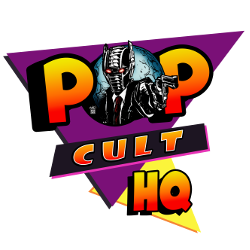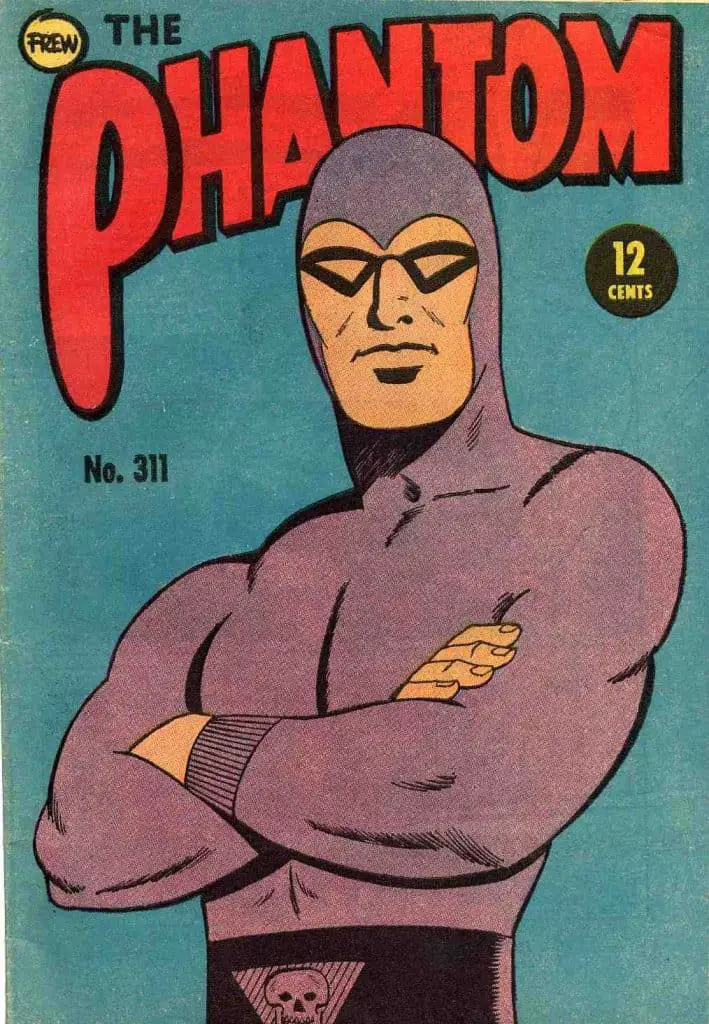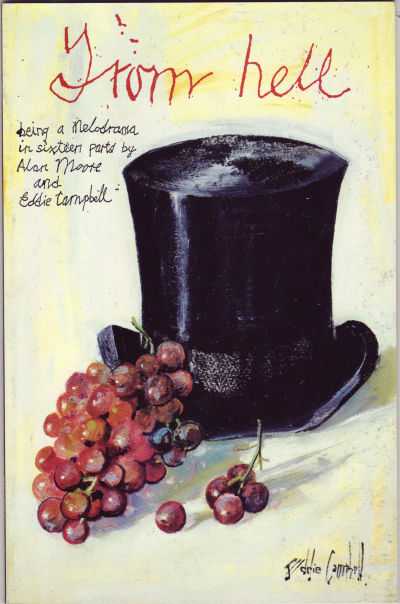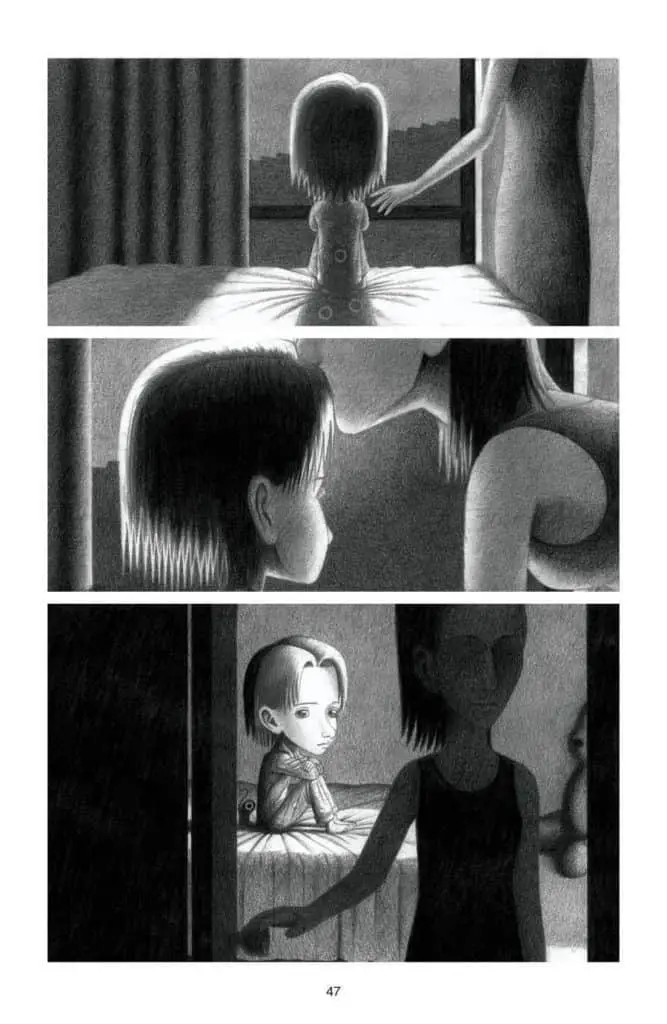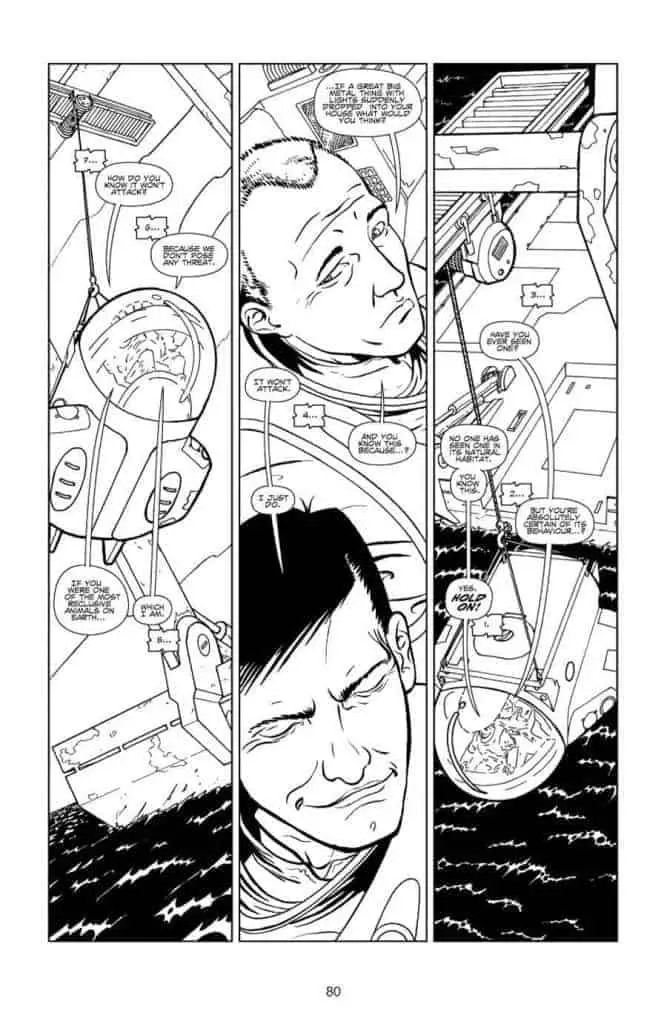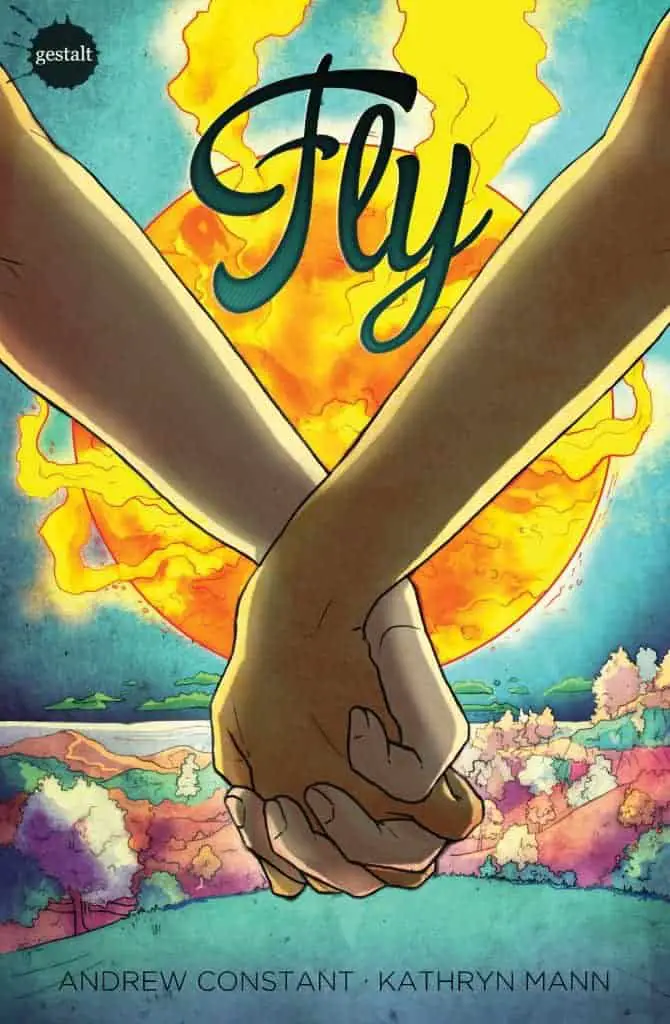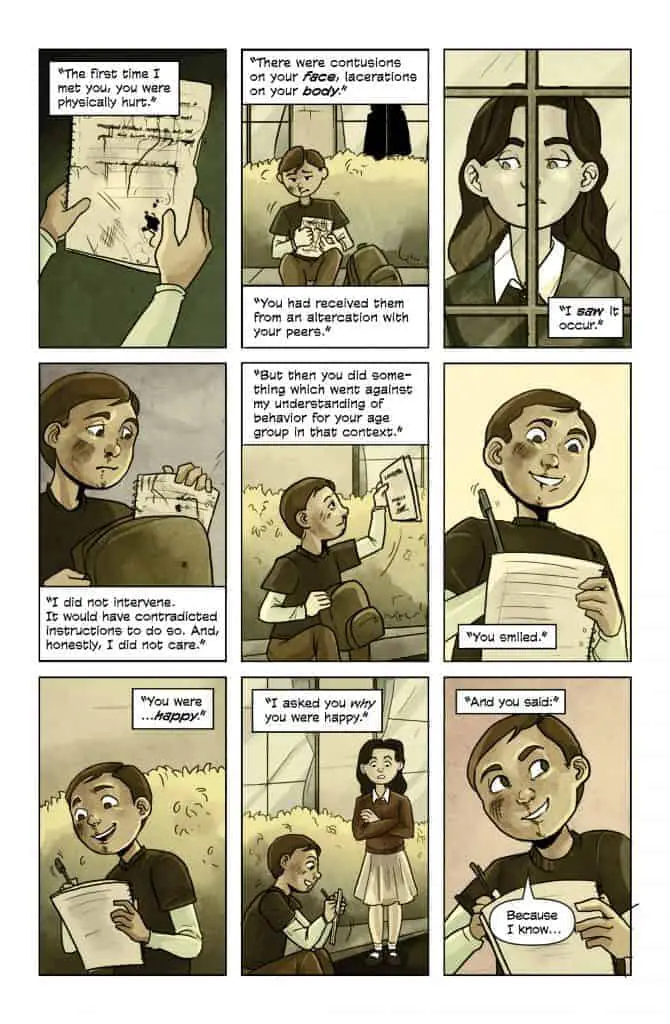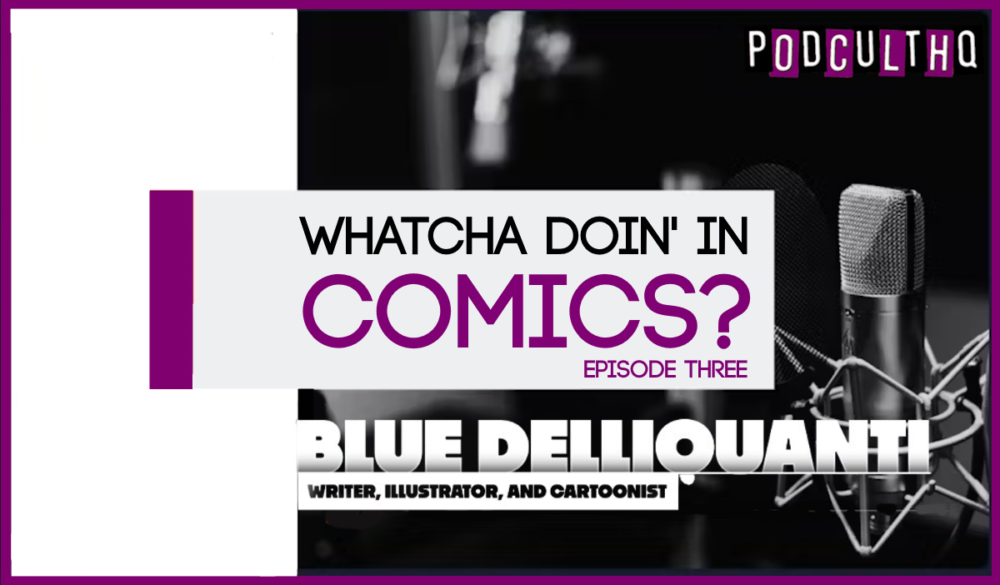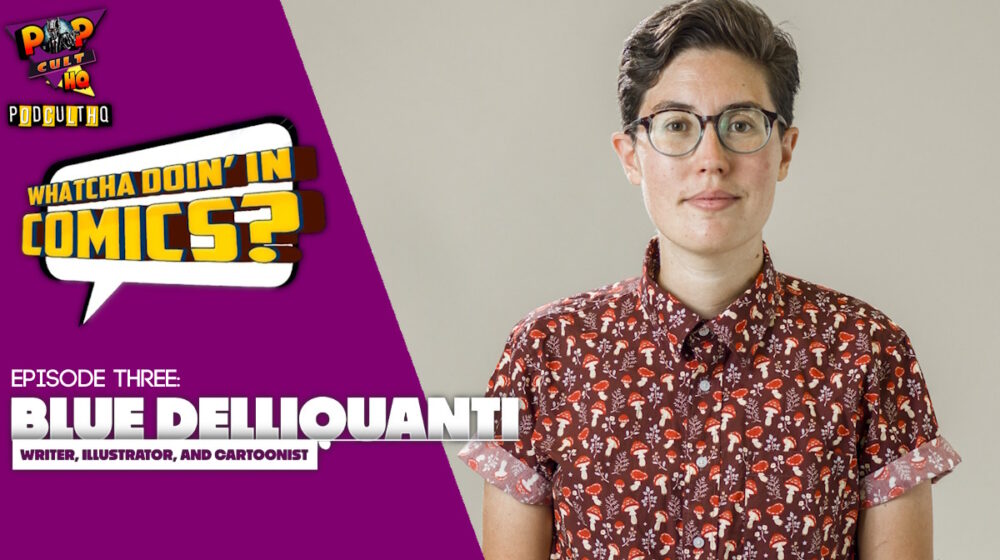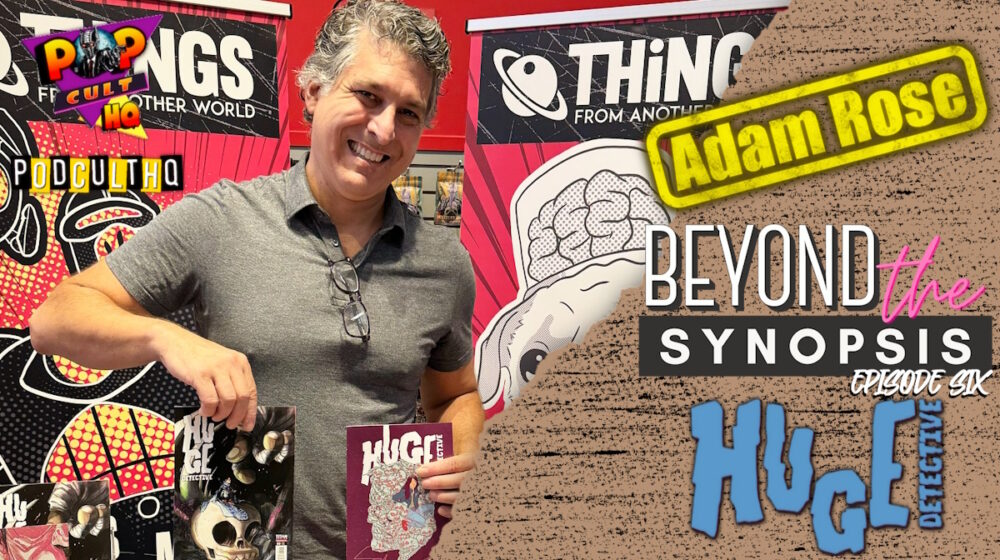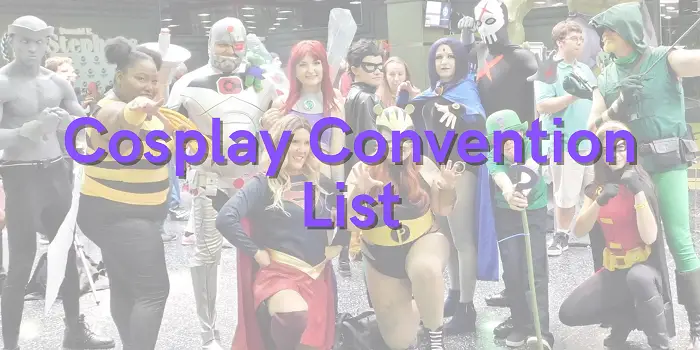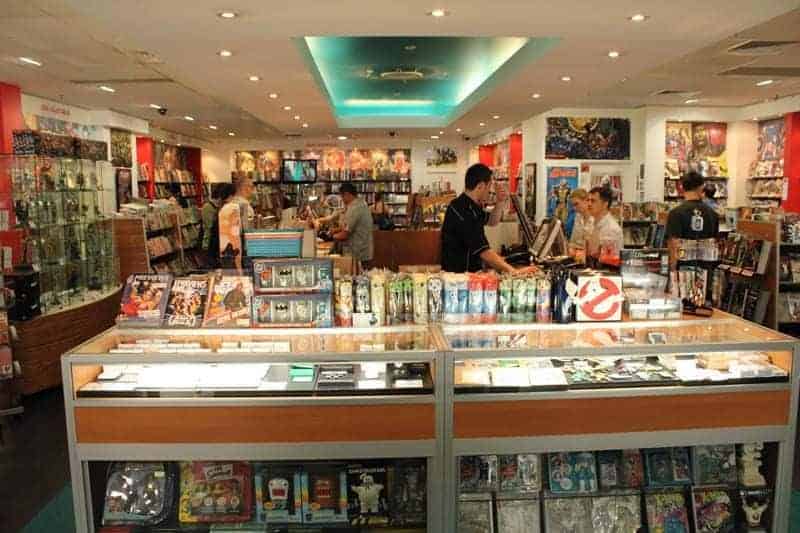
I was raised on mainstream American comics. My whole life i was infatutated with the American dream, the American nightmare, and everything in between. From Metropolis to Gotham, from Graymalkin Lane to Empire State University, everywhere was as tangible and achievable to me as New York City and Hollywood.
Yeah sure there was the occasional vacation to Thatcher’s England. Or the far-flung dystopia of Mega City One. But that was it. When I took my nose out of the pages that housed these destinations and looked out the window of my bedroom or the car window, the picture was totally different.
All I could see was Melbourne’s suburbs, or whatever two horse town we were passing through on a long Sunday drive.
Even as I dreamed of one day contributing to the medium (I was going to be a penciller or a freelance artist and live on Bleeker Street in the apartment next to Kyle Rayner), I never wrote or drew with consideration of my Australian perspective. What did this country have to offer? As far as I knew (which wasn’t far at all) we only had the Phantom.
I thought the Phantom was boring.
Sometimes I’d lose a bad trade at school and end up with things like a show bag edition of Pizza Man by Damien Shanahan. I’d fight with my sister over her signed copy of Greener Pastures by Tim McEwan and Michael Michalandos that we got at OzCon in the mid-90s. The satire, indie sensibilities, and creative effort of these went way over my head at that young age. My only other exposure to Australian comics was a copy of the Dark Nebula #8 from 1991. I had a fondness for it because it was very X-men-like to me, but I didn’t know the characters and never saw another issue. The coolest thing that I’d read from local creators at this time was called Platinum Grit by Trudy Cooper and Danny Murphy. Image Comics co-founder Jim Valentino also thought it was cool and it was added to the roster of his Shadowline Comics imprint.
As my tastes and reading experiences grew, I’d get excited when I’d find out that Eddie Campbell, artist on From Hell, hailed from Australia. I’d pop when I’d discover my copy of the Batman Forever official adaptation was drawn by fellow Aussie Michael Dutkiewicz.
But by the time I’d found out that the fantastic art produced by Nicola Scott originated from our island nation, it was too late (her early work can be found on covers for Phosphorescent Comics’ The Watch). I’d grown out of my wide-eyed, childhood ambitions and had resigned myself to the fact that nobody ever “makes it” to Marvel and DC from this part of the southern hemisphere. Even with the internet, it’s just too far.
The gap between our indie output and what American comics, European comics, and Latin-American comics were producing was daylight.
Since the impact of Web 2.0, the move towards digitization, and the industries increasing interest in welcoming creators from across the globe, a lot has changed. The daylight-sized gap is no longer between the quality of Australian comic books and the international market. It’s now a gaping chasm in what our industry was and the leaps and bounds by which it has improved.
Is it thriving? No. The comic book industry as a whole is notoriously not selling the numbers that it enjoyed before the speculator boom/bust of the nineties. But it’s solid. The output is growing in all aspects, especially quality and diversity.
Yes. The longevity isn’t exactly a prevailing thing, but the last decade or so has been littered with what Aussies would call a fair crack at making a mark in Australian comics.
From 2008-2014, Black House Comics would attempt to stake a claim in the Vertigo niche. Their output featured flagship title The Dark Detective: Sherlock Holmes. As the title suggests, it was a thematically bleak take on the literary icon by Christopher Sequiera and good art by Phil Cornell.
From Australia’s publishing capital, Western Australia sits Gestalt Comics. They are arguably the most successful comic book publisher in Australia. Gestalt is home to Tom Taylor’s prized property The Deep. Their graphic novel game is very strong with many high-quality titles having been released. These are but a few that are more than worth checking out.
Vowels is Skye Ogden‘s era-spanning exploration into humanity that will bend your mind and play with your heart.
Torn is a dark and animalistic tale that features interior art by Joh James that goes toe-to-toe with a cover and contributed pages by Nicola Scott. It’s written by Andrew Constant.
The Undertaker Morton Stone is a twisted read with virtuoso writing by Gary Chaloner and next-level art by horror comic luminaries Ben Templesmith and Ashley Wood. It calls to mind the classic Vertigo work of the early 90s.
Flinch is an incredible jam session of the best and brightest names in Australian comics. The stories run the gauntlet from the heartfelt to the haunting and is an excellent sampler of what this country can produce.
Fly is a beautifully presented tale of love and wonder that will take your breath away with its emotional tones and simply captivating art.
Alongside these graphic novels, their series output stands up against output from publishers like Image Comics, IDW, and Aftershock. Any reader looking for a different voice would do well to dig deep and see what they have to offer.
Proud Heart: The Love Story of Achilles has a great storytelling style and dynamic art and colors by Gary Proudley and Gary Chaloner. Cleverman, a continuation of the TV series, features Gary Frank-level art by Emily K. Smith and sharp writing by Ryan Griffen and Wolfgang Bylsma.
The Walking Dead clashes and mashes-up with Gladiator to great effect in Tom Taylor and Skye Ogden’s Rombies. A bloody, action-packed comic filled panel-to-panel with creativity and sheer entertainment.
Away from the ominous umbrella of Gestalt, Australia can still hang with anything the international indie market has to offer. Chris Neill is responsible for must-read music anthology series Meet Me in the Pit. Working with creators from every facet of sequential and cartooning backgrounds to produce something that stands head and shoulders with other music titles being released in the rising sub-genre. In a time of Phonogram, Gunning for Hits, Rockstars and The Wicked + The Divine, Meet Me in the Pit really deserves a larger audience.

Other books that may take some effort to track down, but really exemplify the unique spirit comics from Australia have to offer, include Pat Garrat’s Blue, David Blumenstein’s pick-up artist expose #takedown, and Nicki Greenberg’s completely amazing graphic novel adaptation The Great Gatsby.
Like I’ve acknowledged earlier, the comic book industry isn’t thriving. For every Gestalt that gets it right, there is a STaB or Sequence Comics that will have a tiny output and short lifespan. But there is a dearth of exceptional talent that grew up on the same mainstream American comics I read all those years ago obsessively.
A few of those names have been mentioned already in this article. The Tom Taylors, the Nicola Scotts, and the Ben Templesmiths that have achieved a high level of success and renown. Add to these names the exceptional David Yardin, whose excellent art has graced the covers of a bevy of Marvel books. Tank Girl artist Chris Wahl is another. Tristan Jones of IDW’s Ghostbusters. Wayne Nichols of IDW’s Orphan Black.
Although there’s always an avenue for improvement and development, Australian comics produce some unique and outstanding stories, art, writers, and artists.
Oh, and the Phantom? Sorry, I’m still not his biggest fan. But I won’t deny his iconic status either. He’s still published with wide regard in Australia by Frew publications, and, at the time of writing the title, sits at issue 1834 and enjoys a healthy life in merchandising too. Shows what a pre-teen me knew about comics at that age, doesn’t it?
